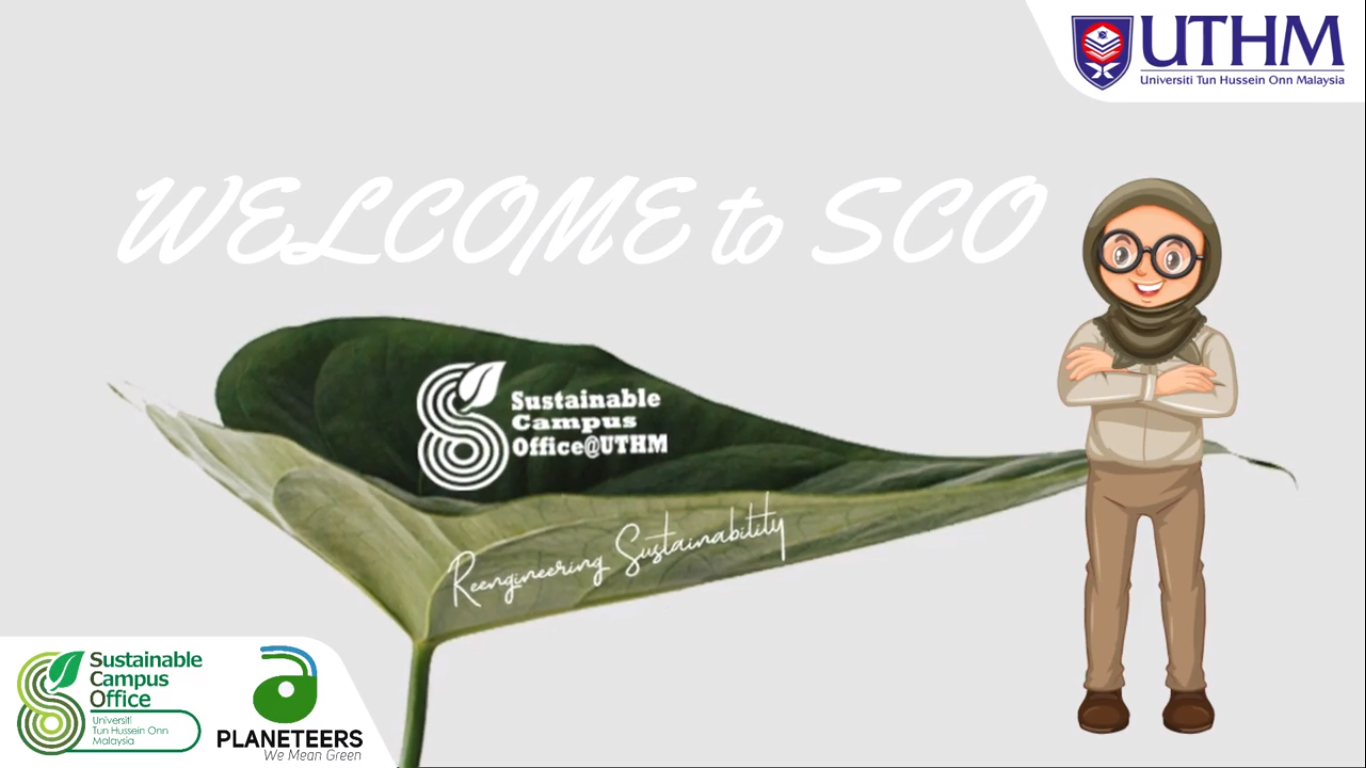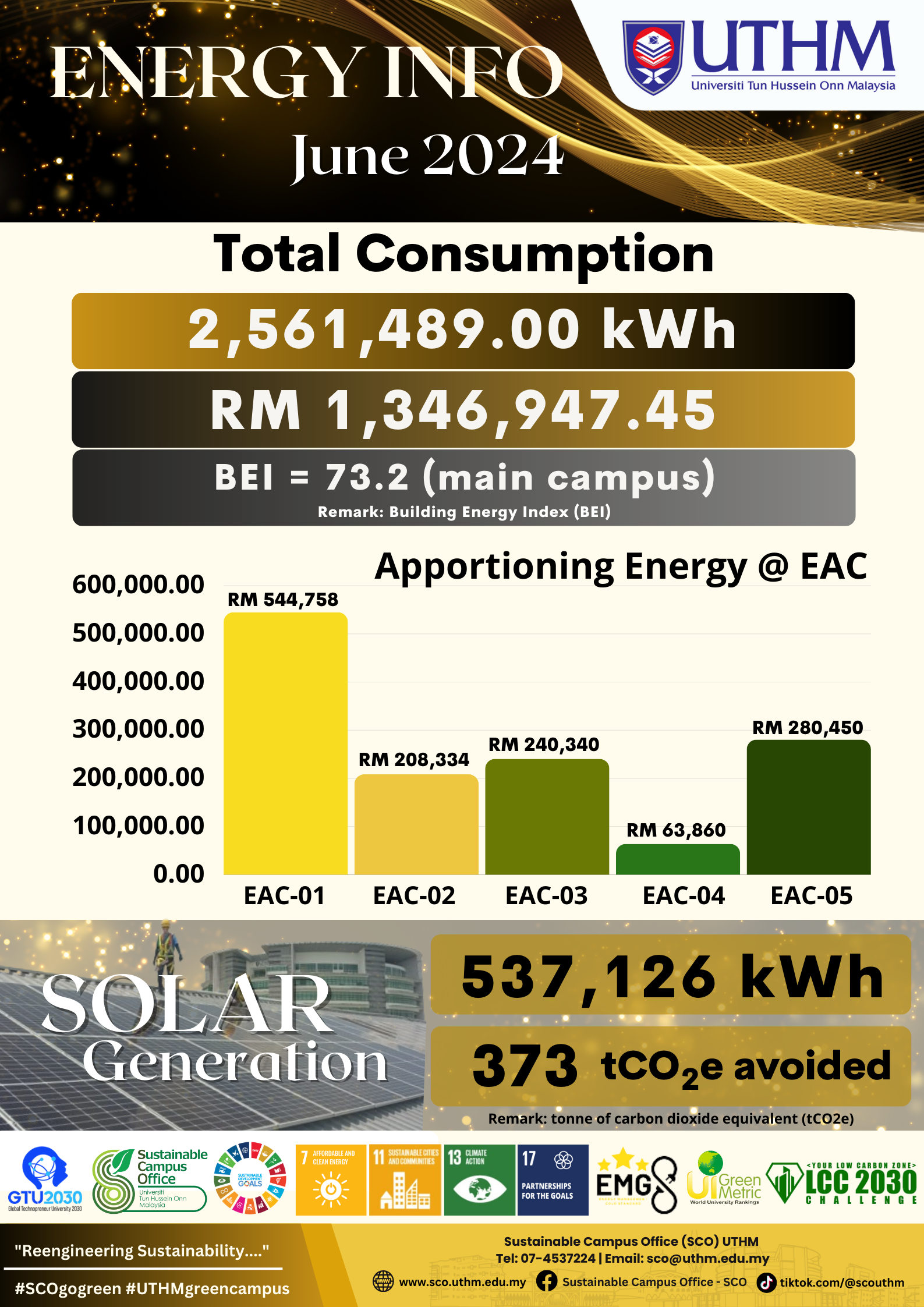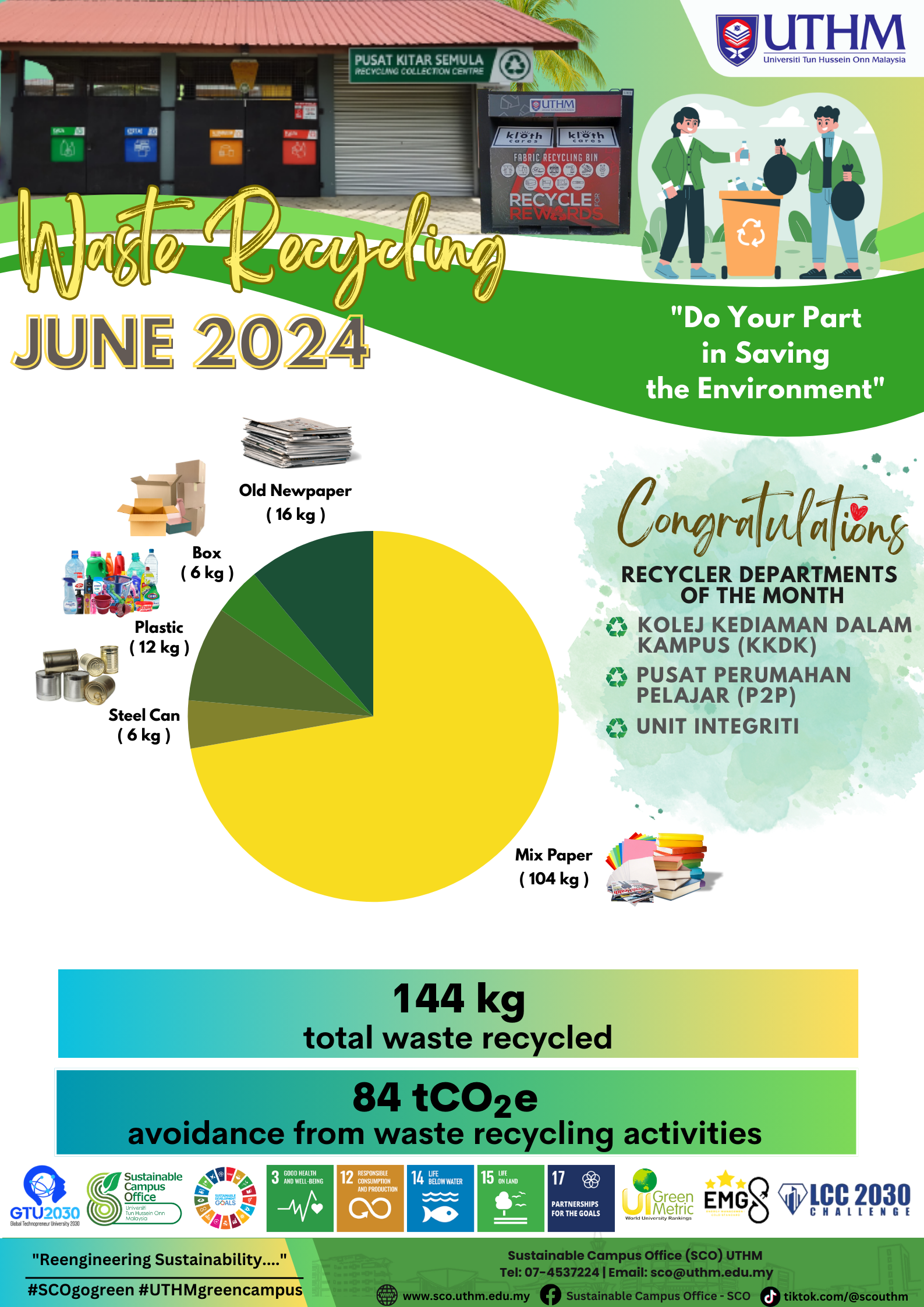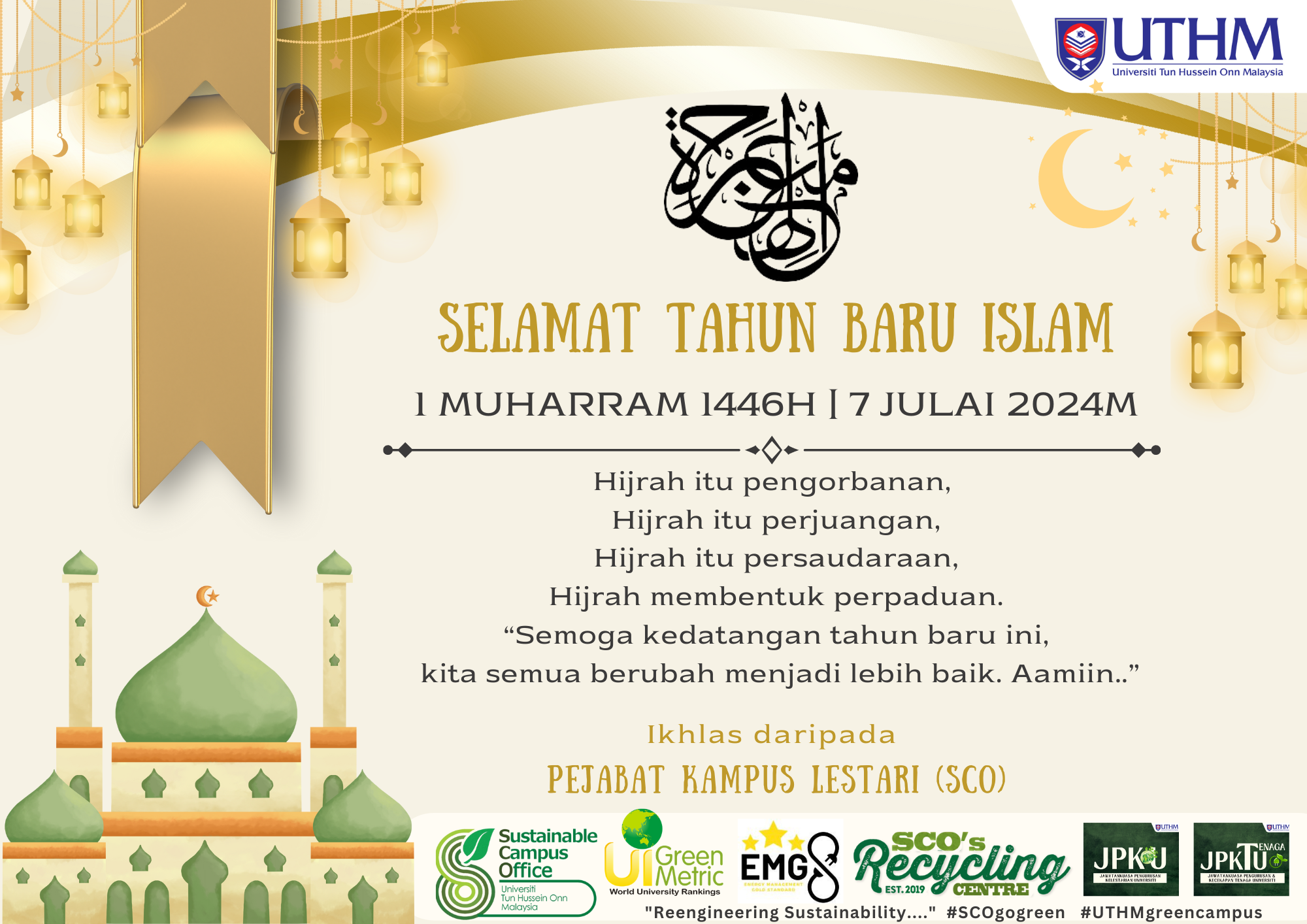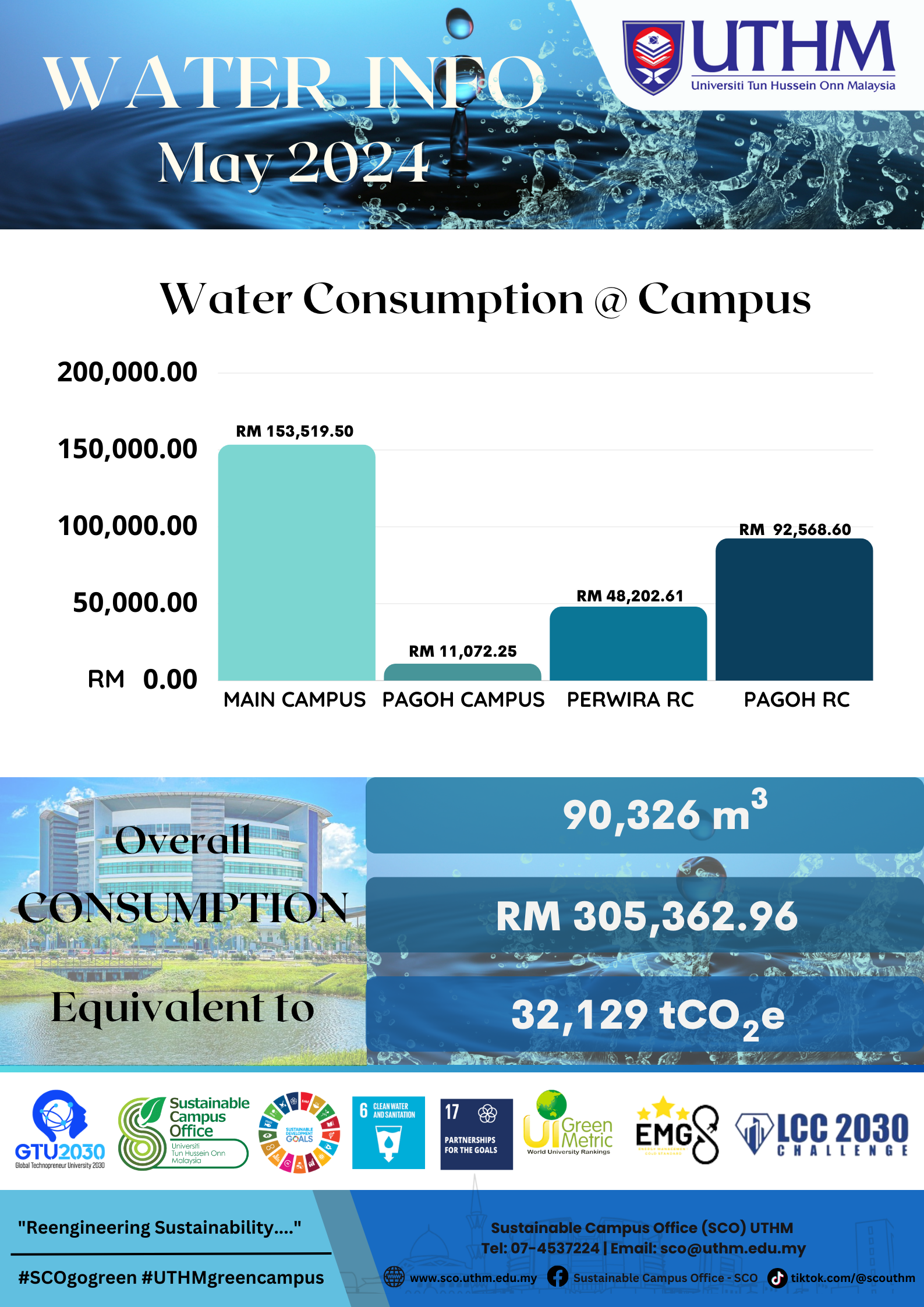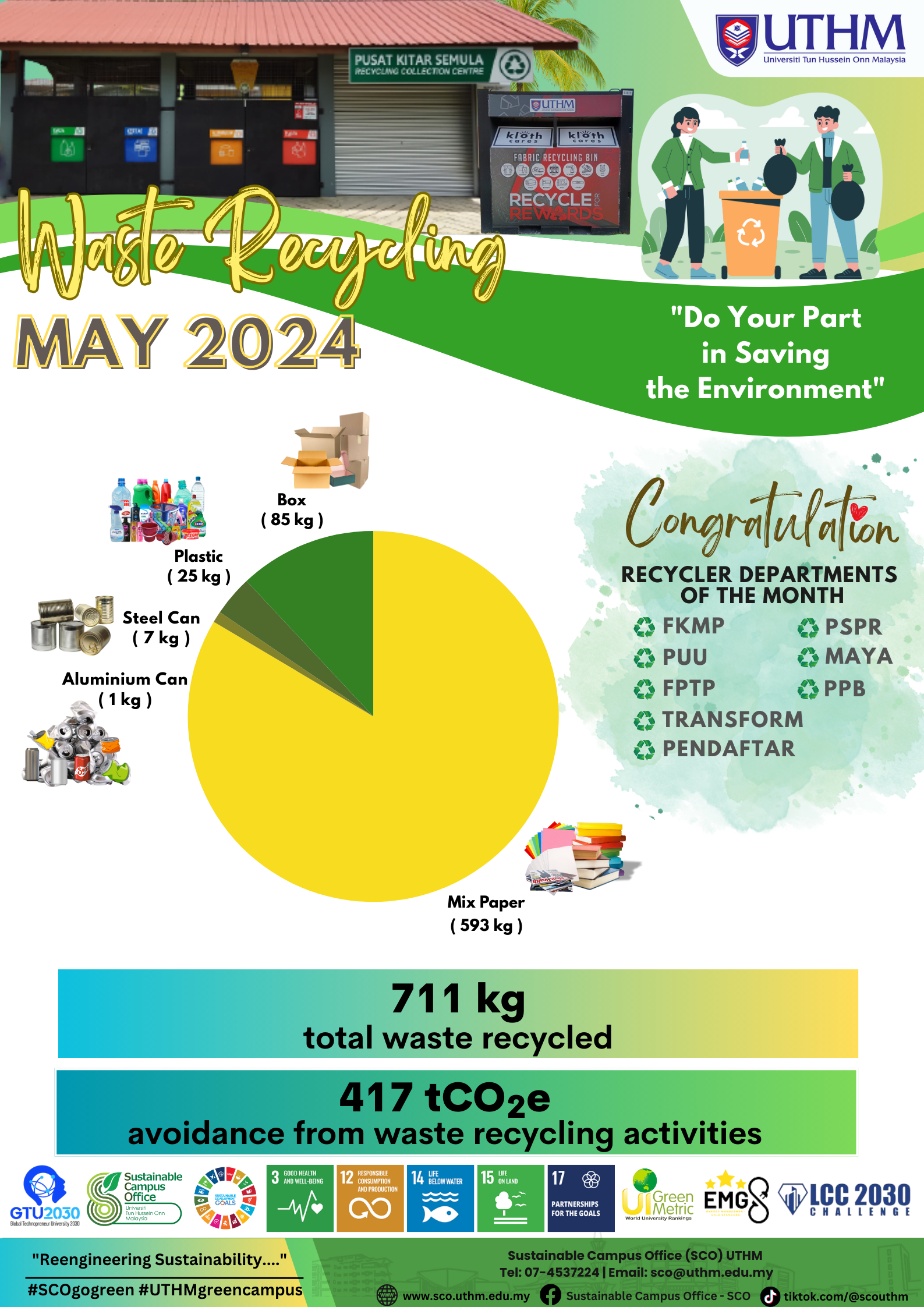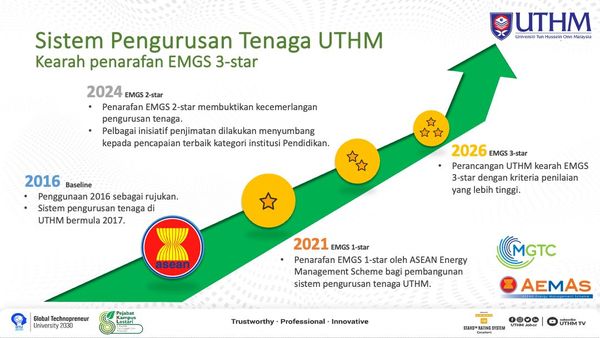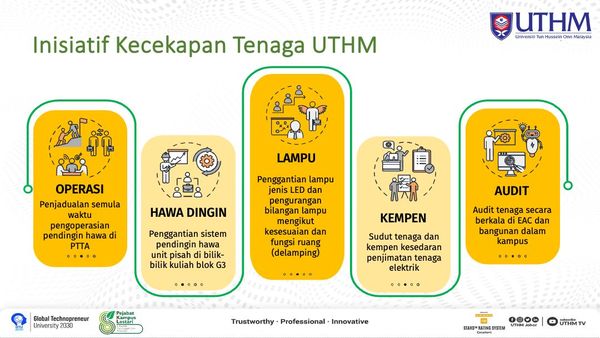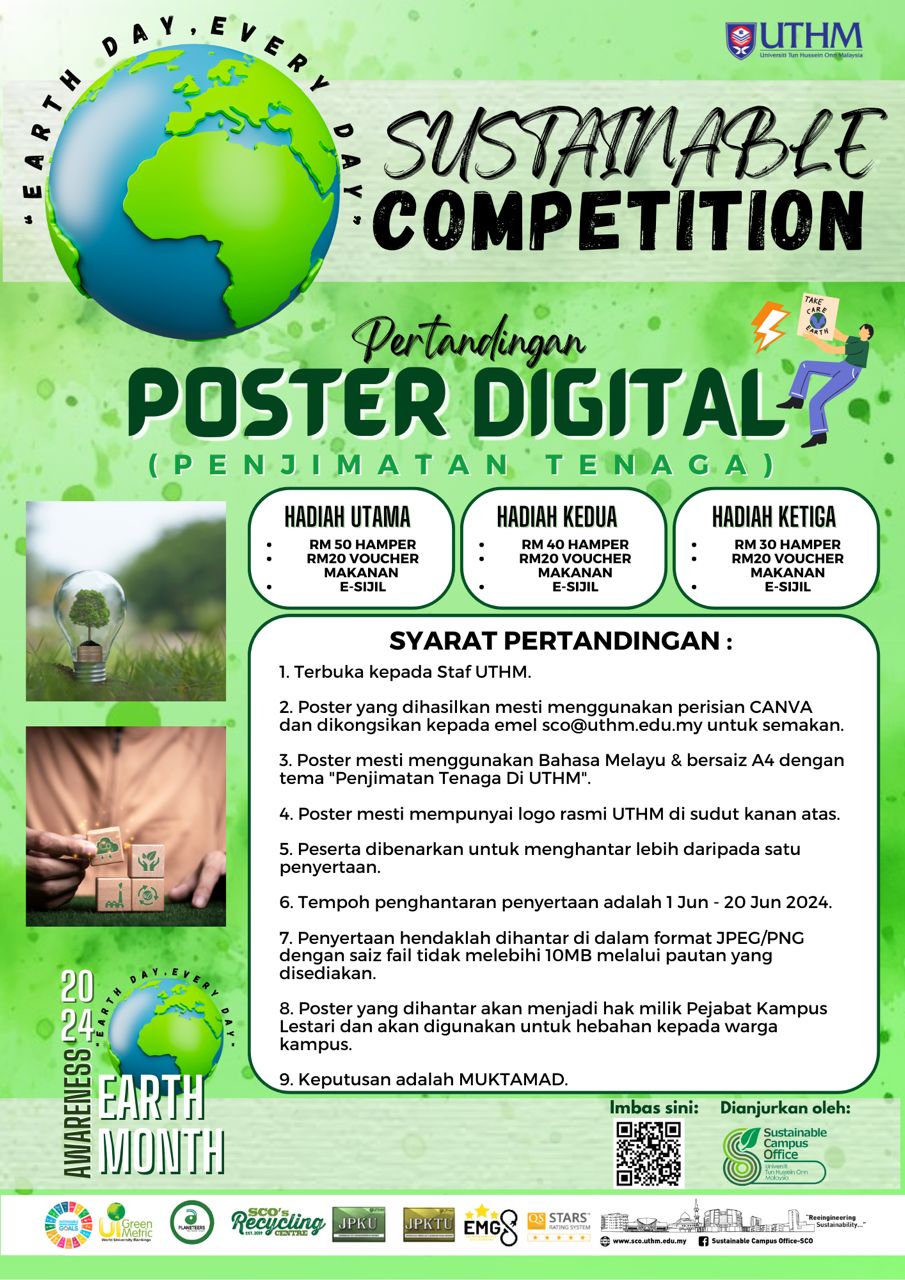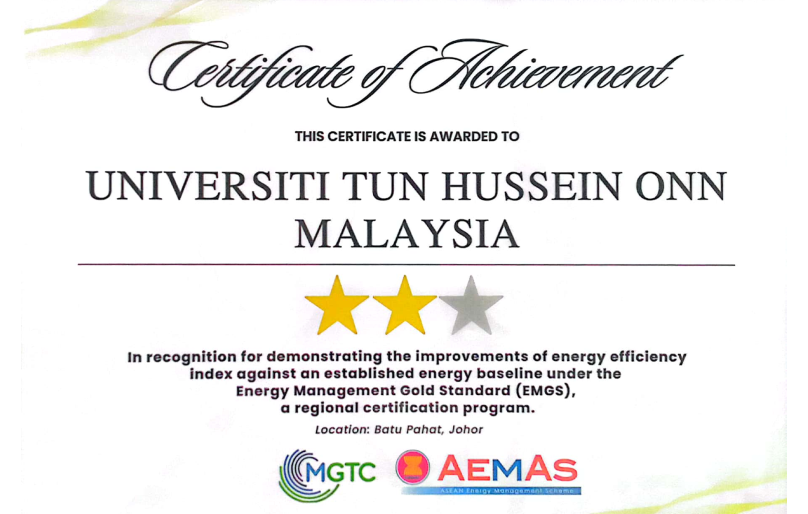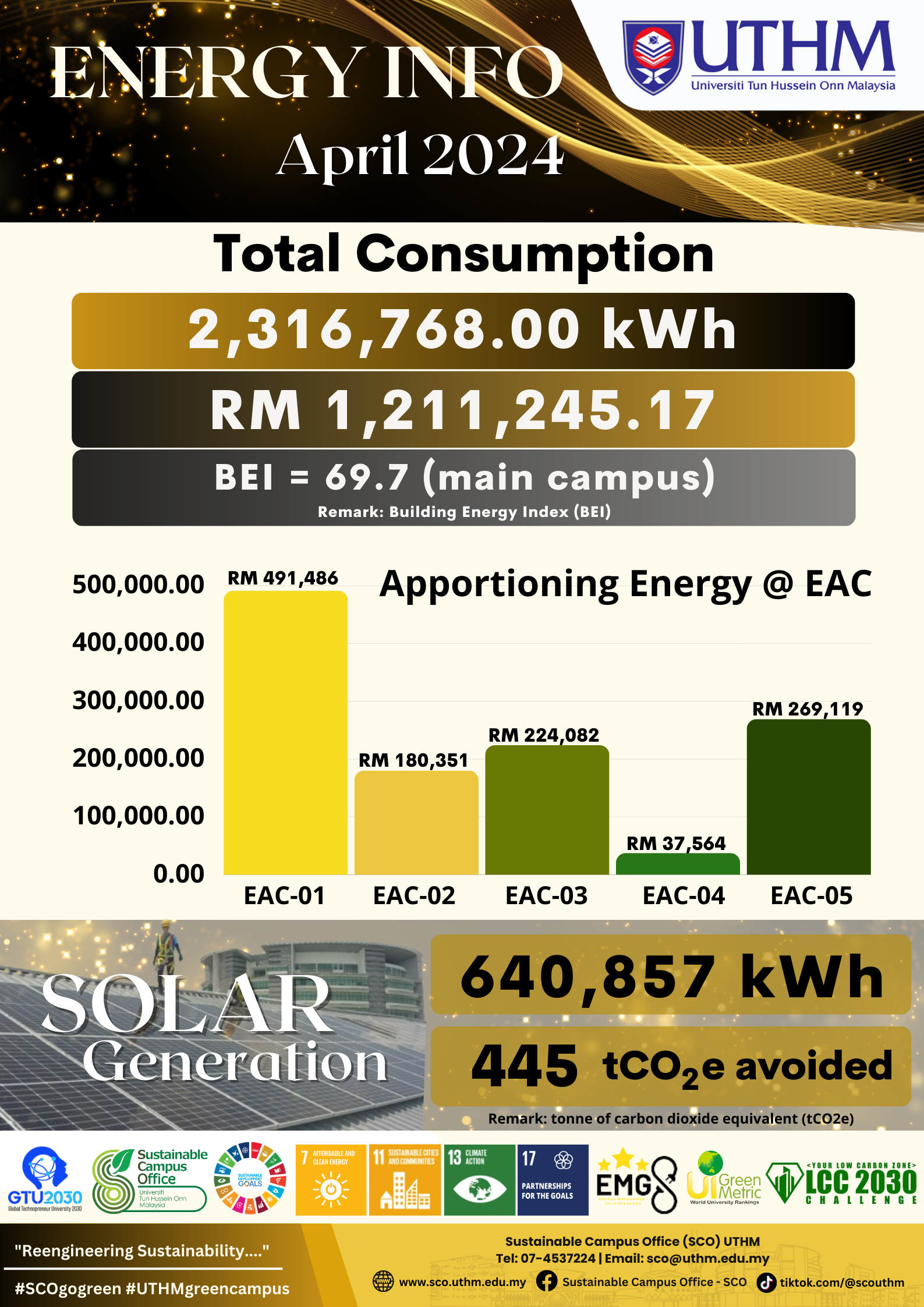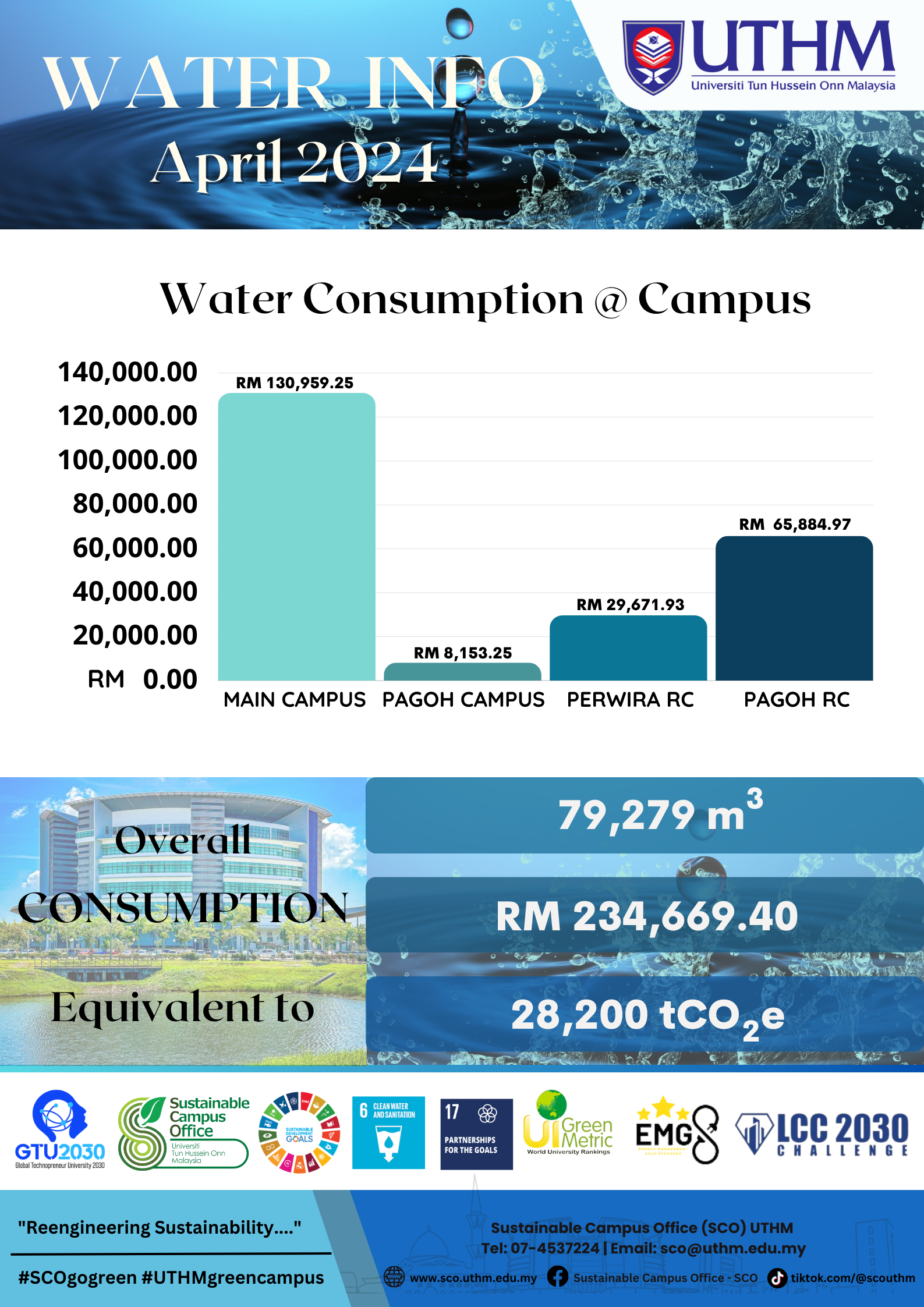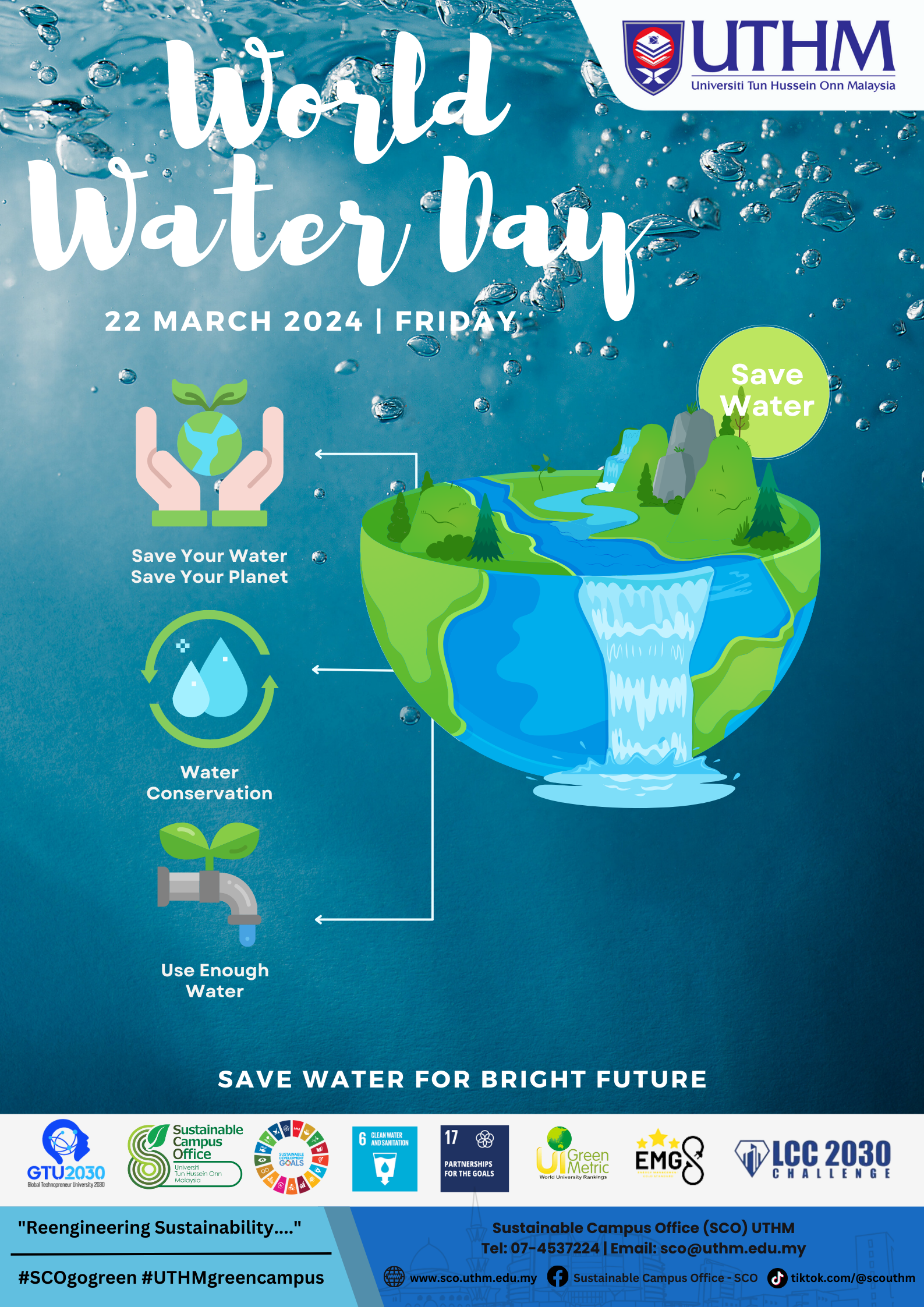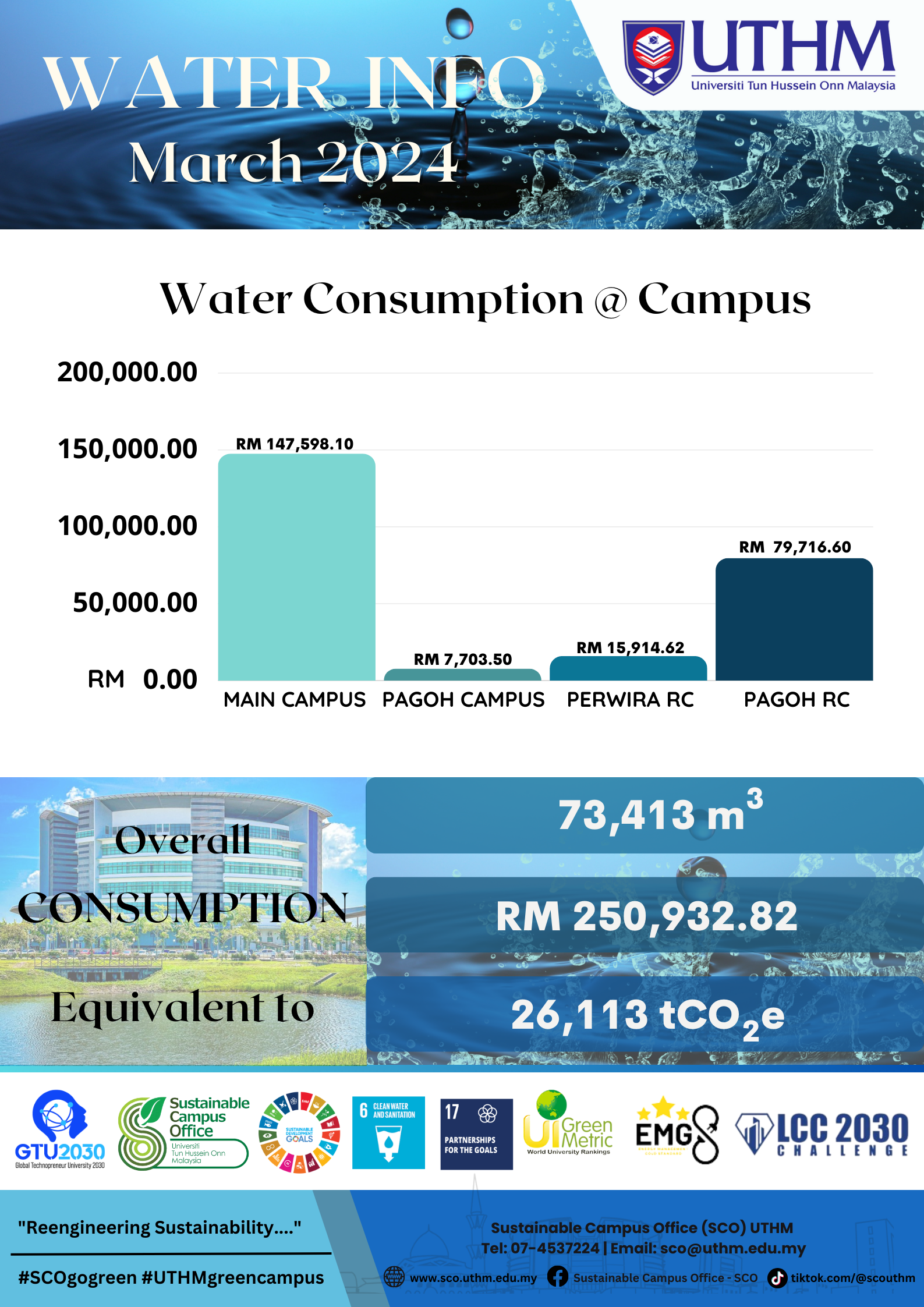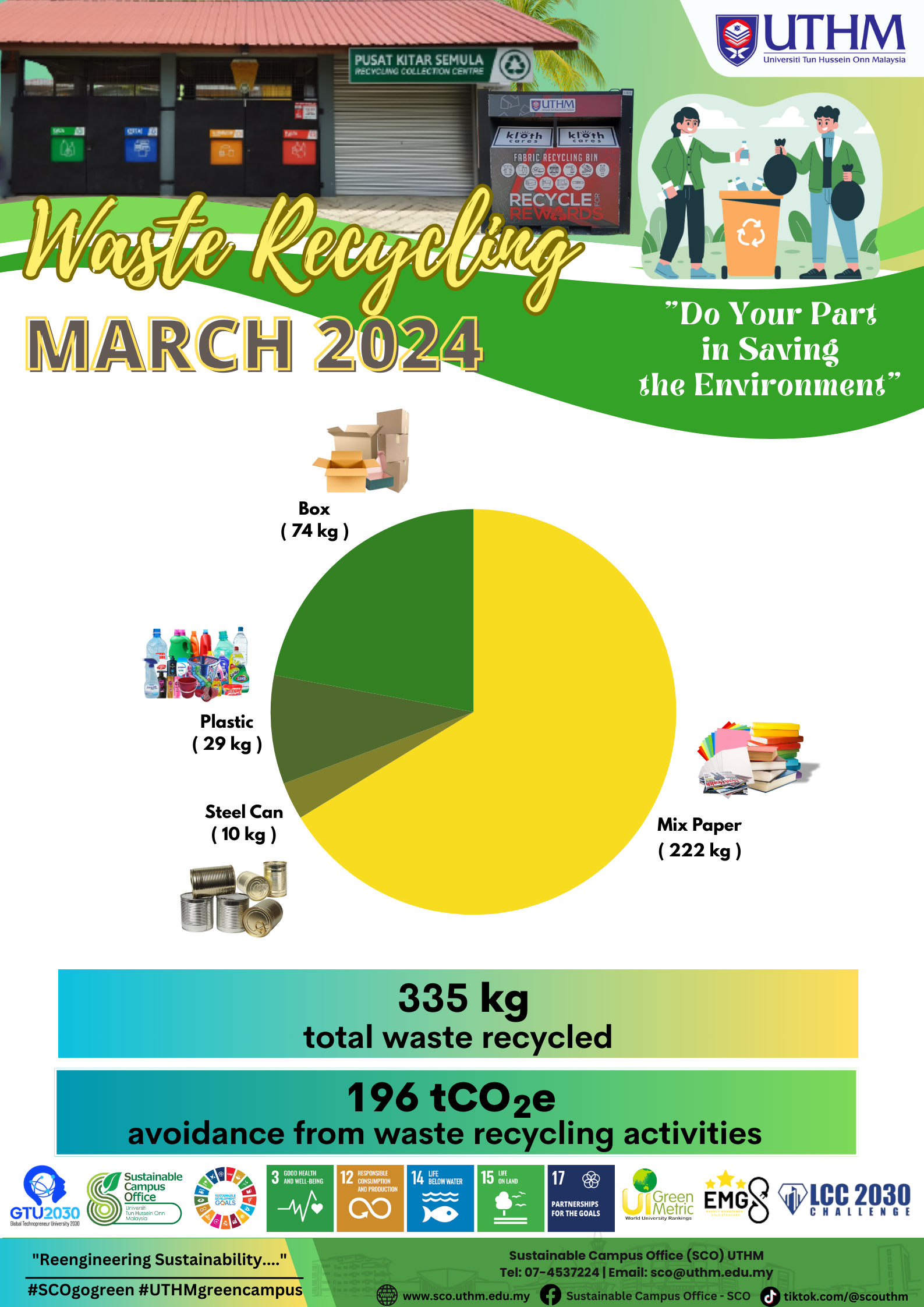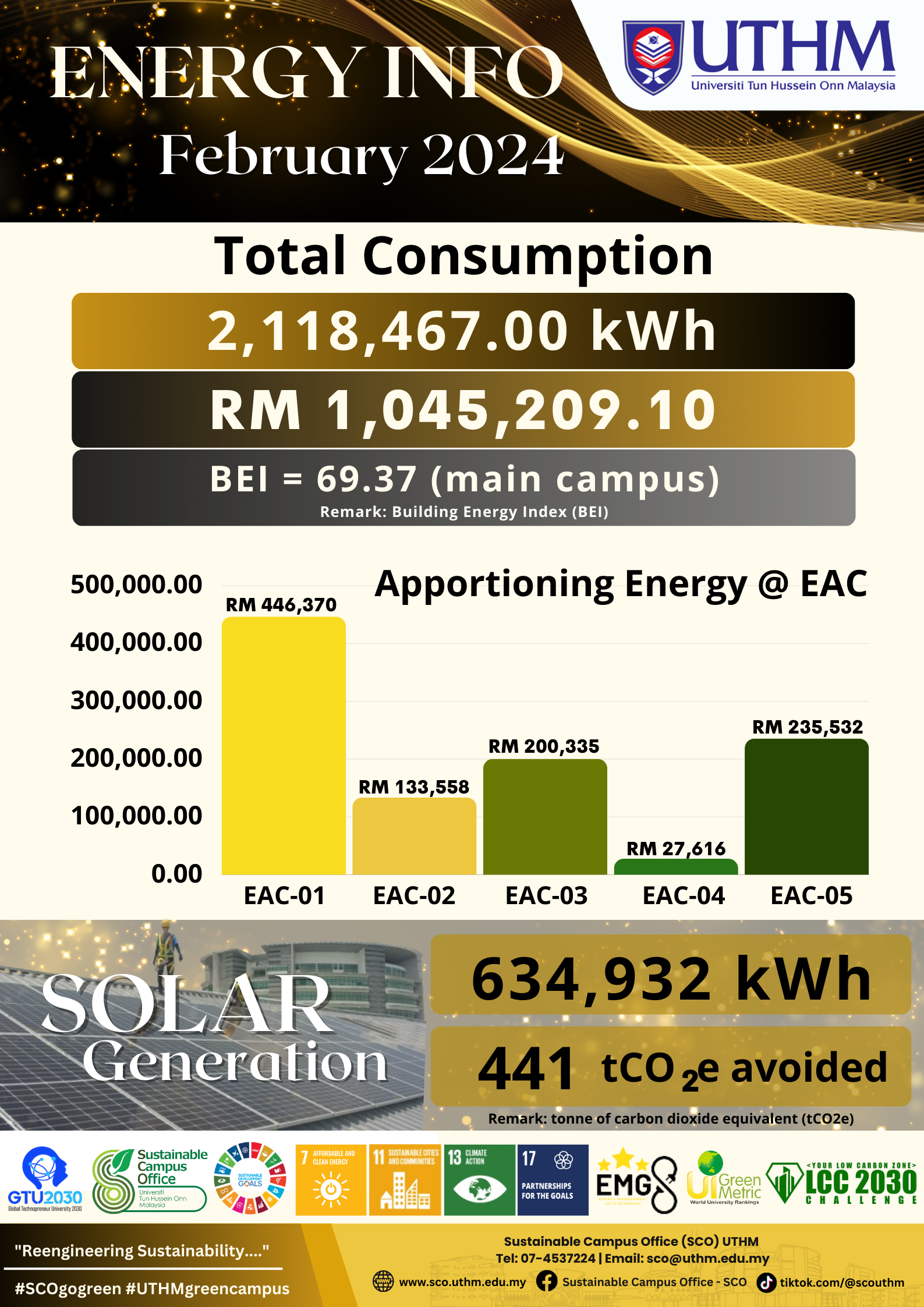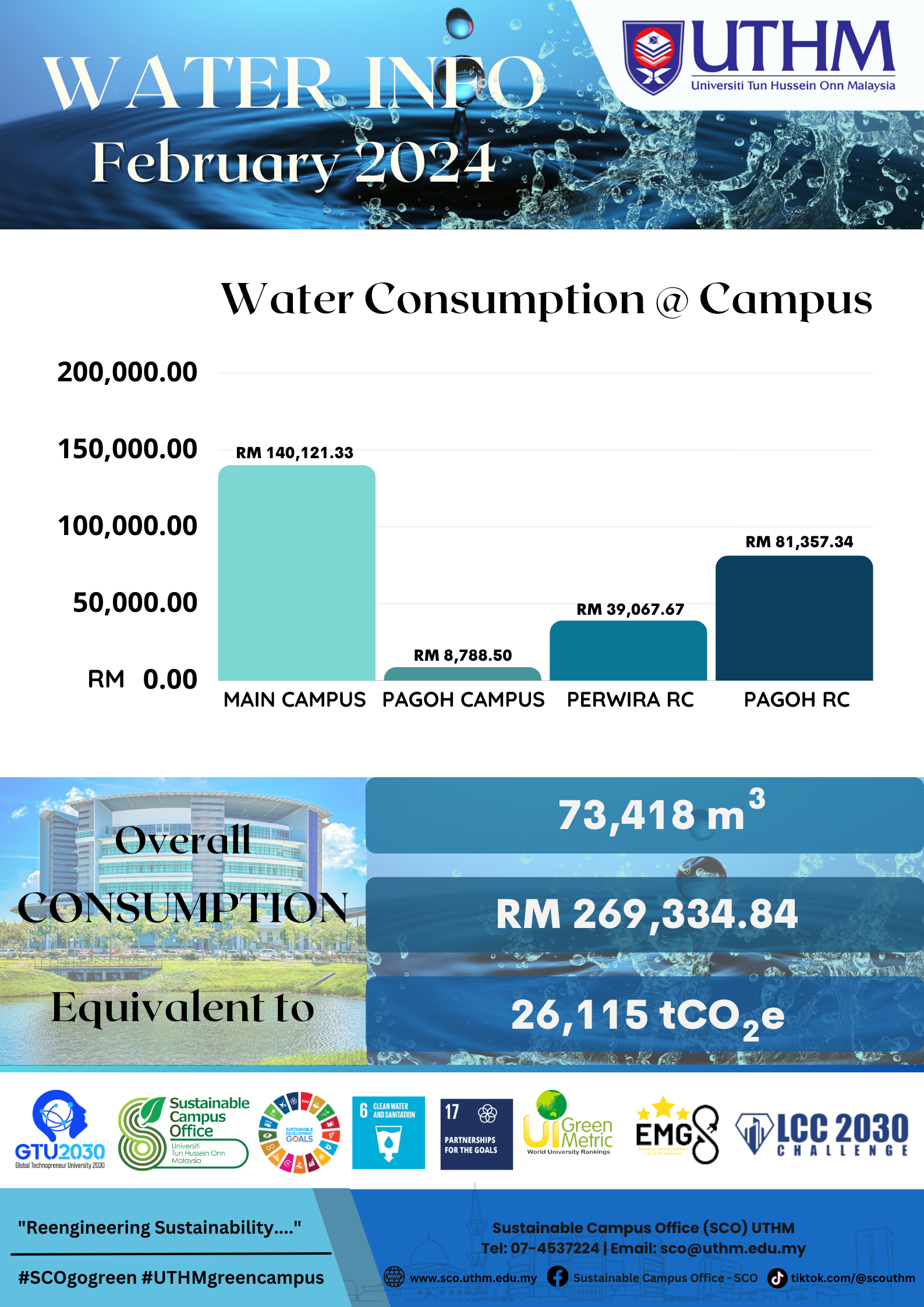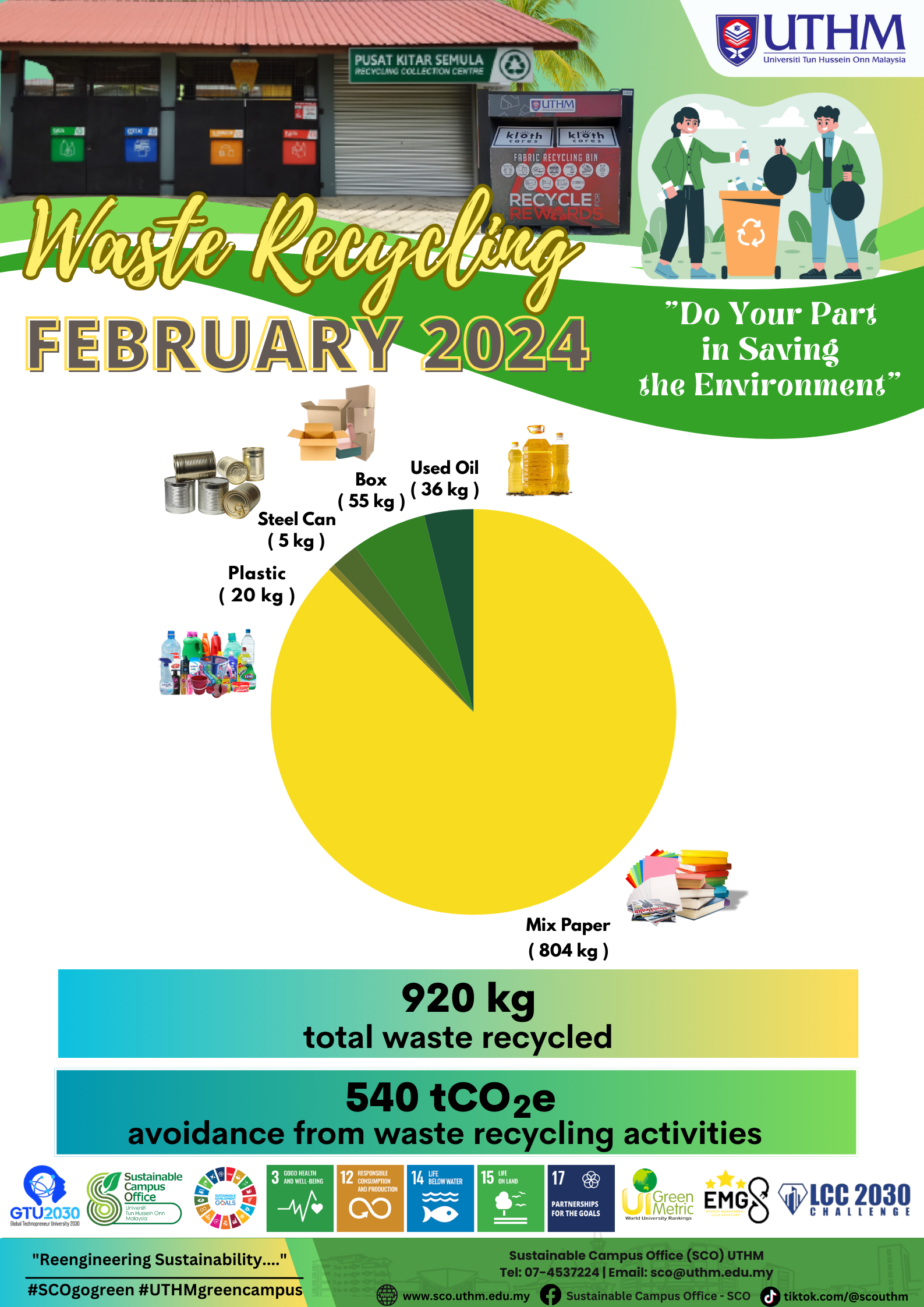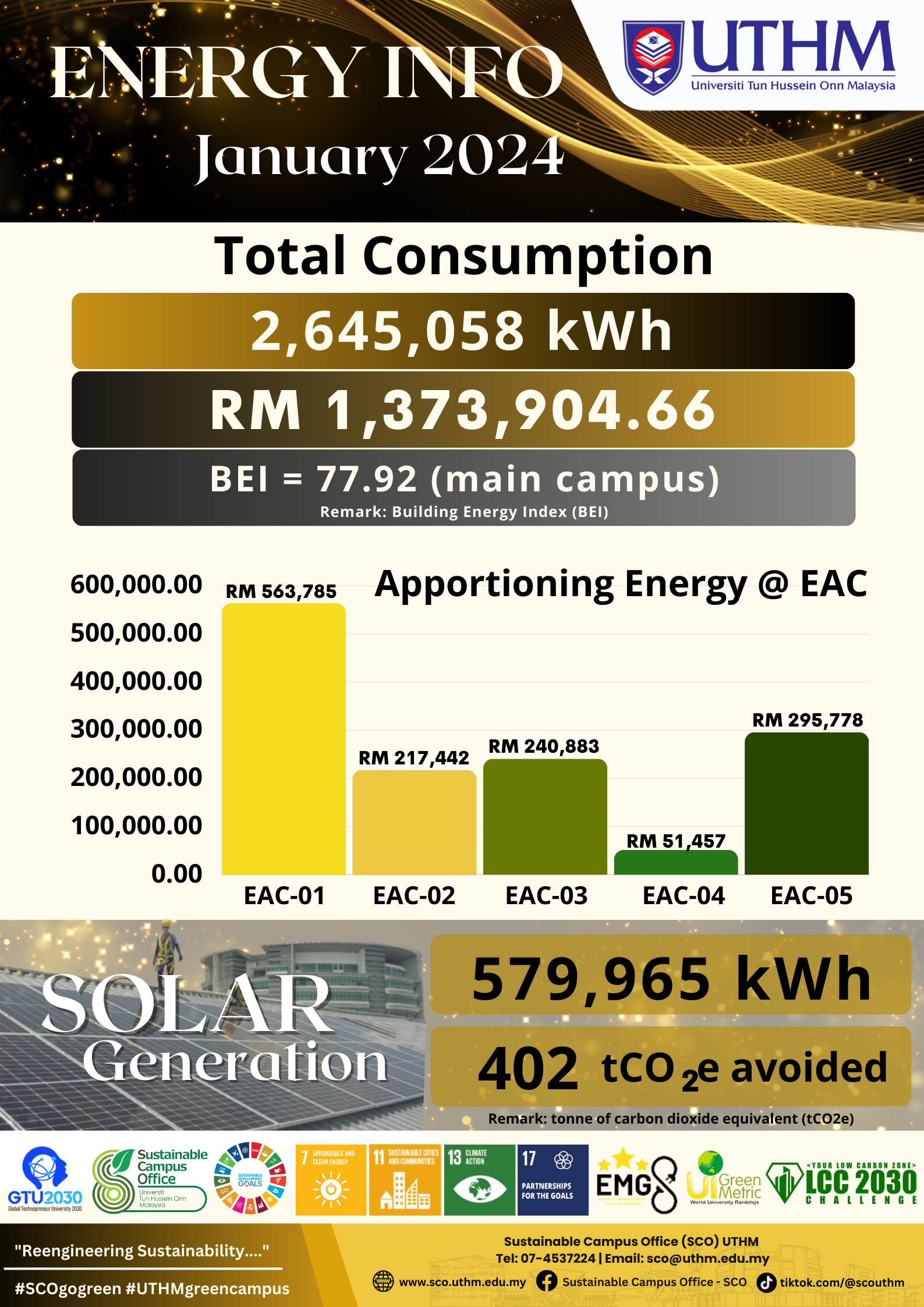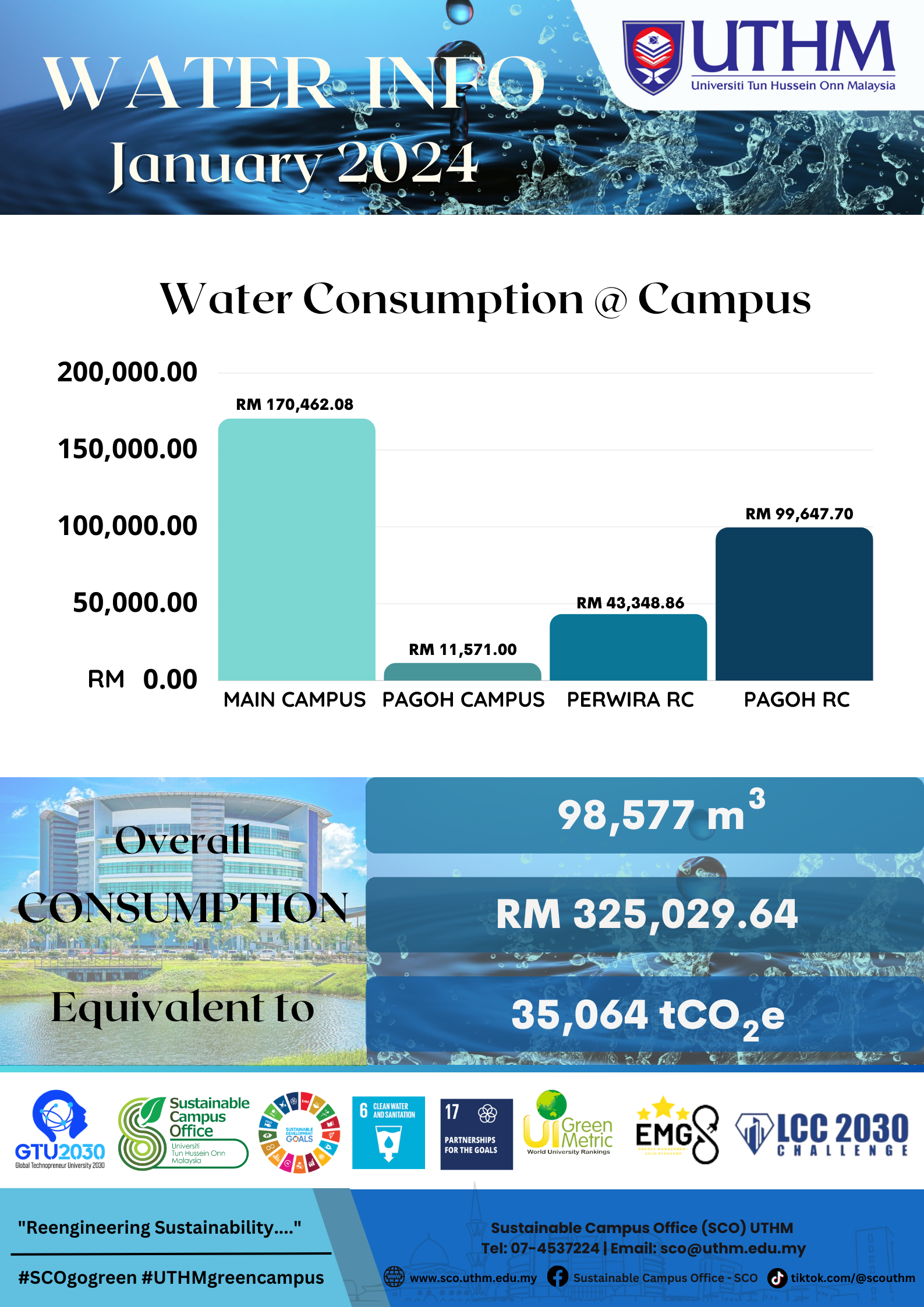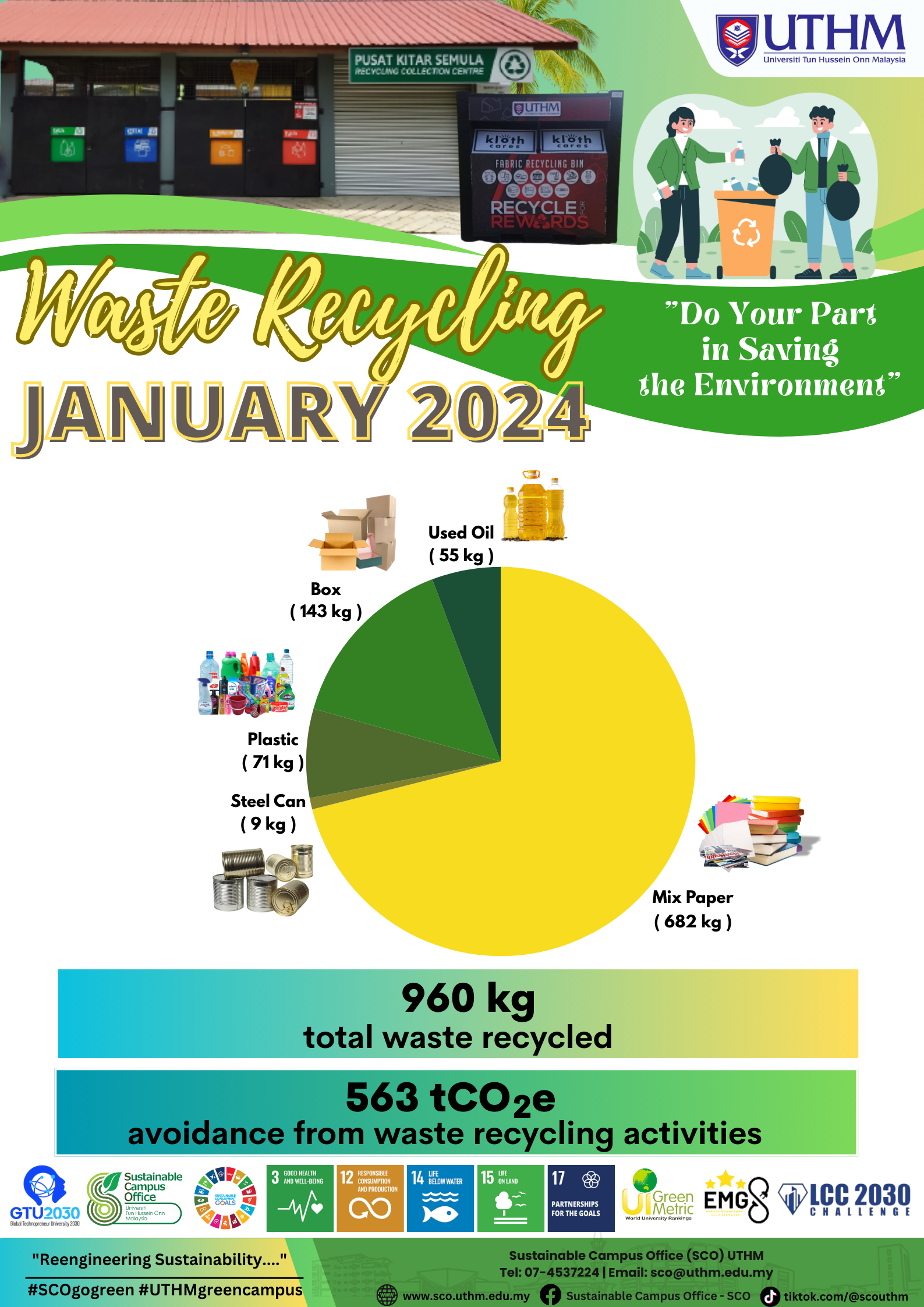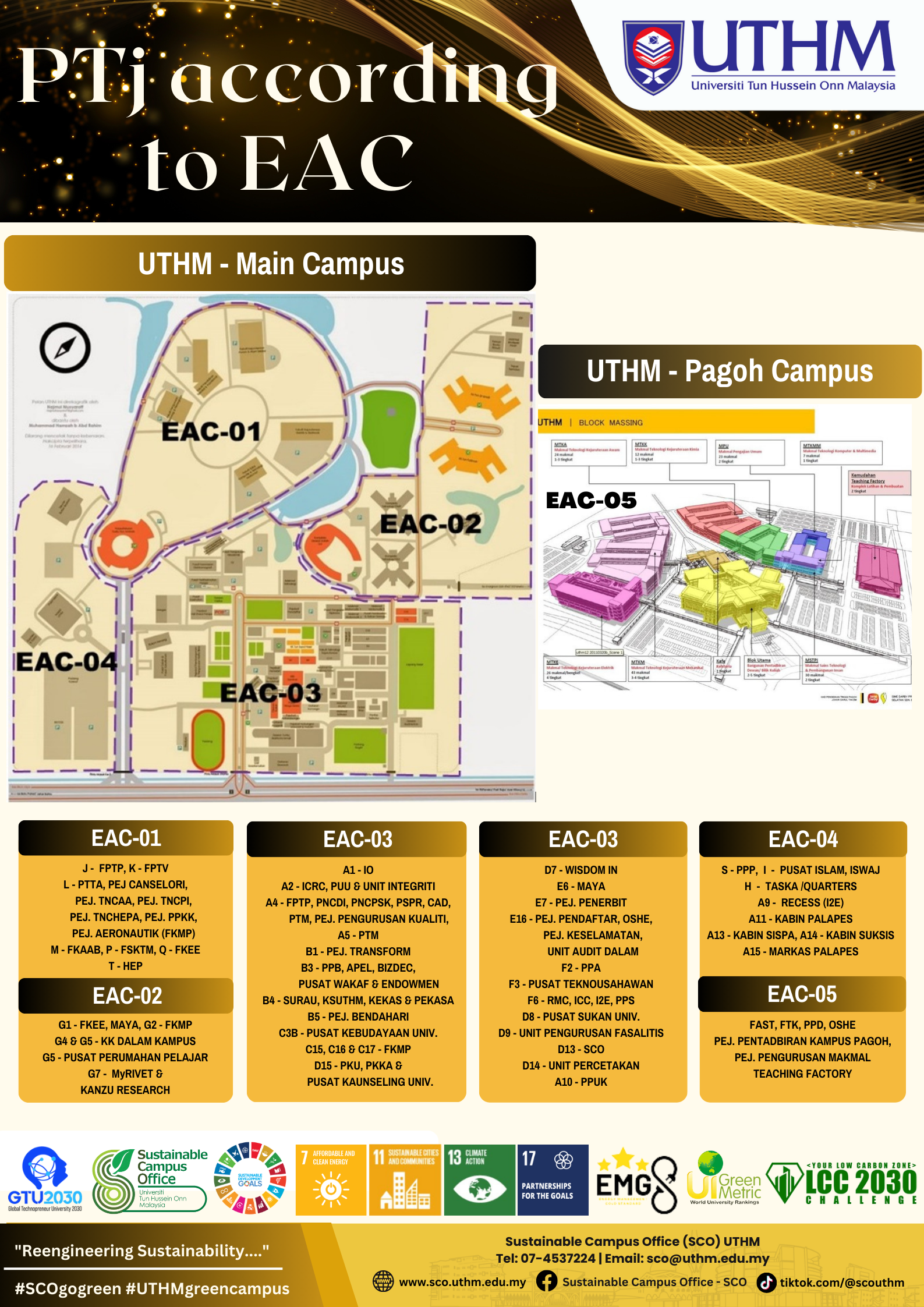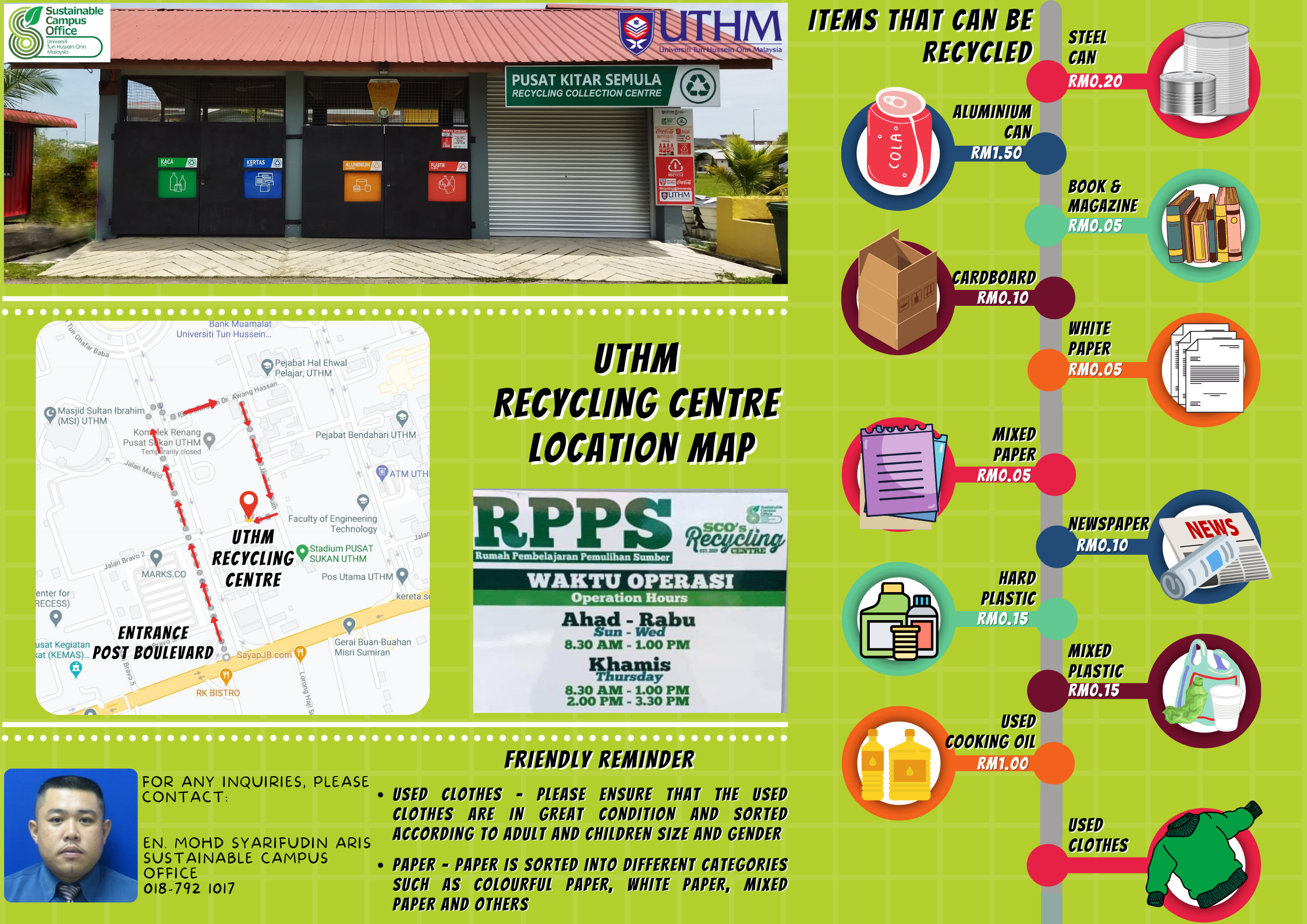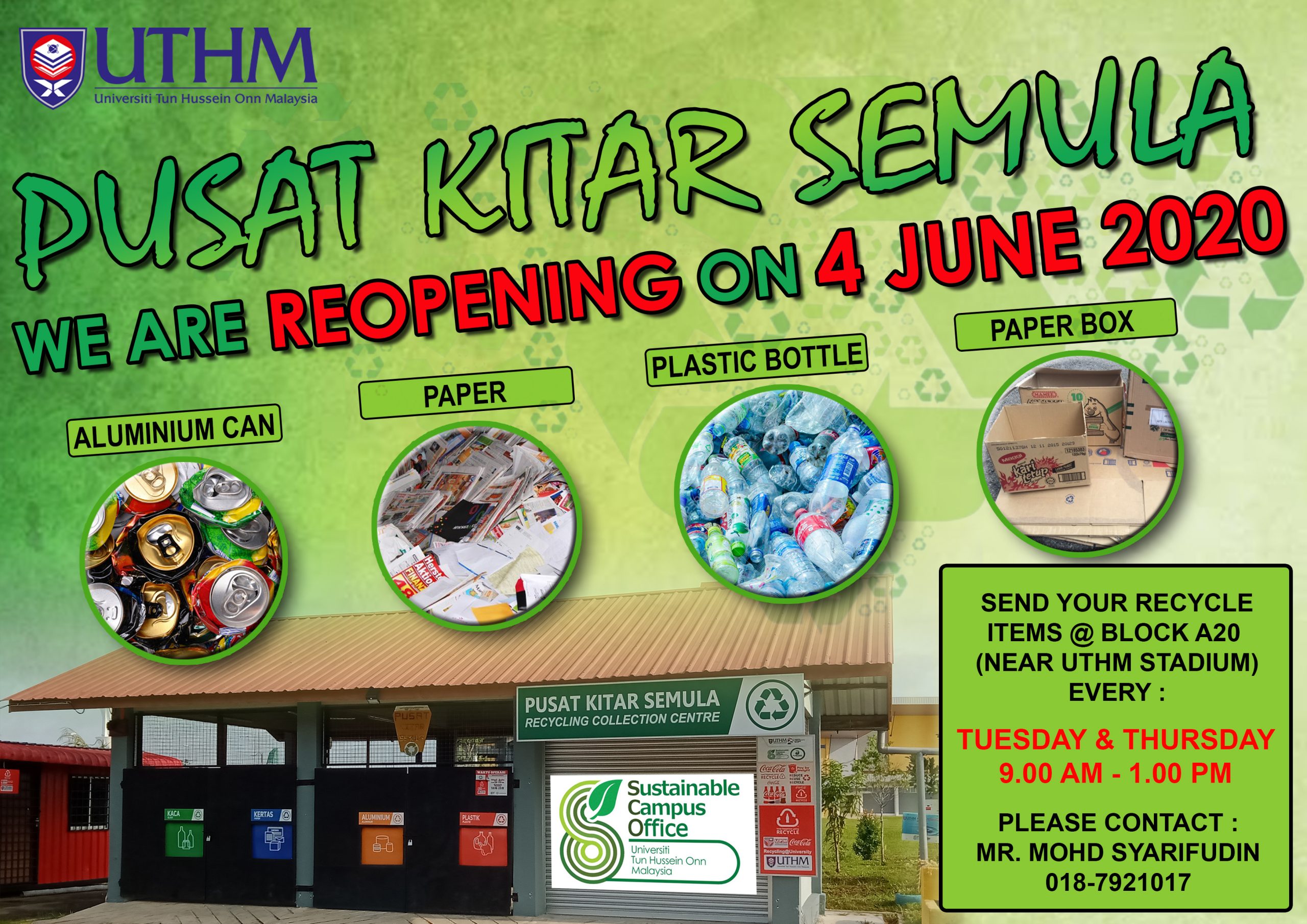SGP 7 (WASTE) : AzoIla Pinnata Green House
| Manager:
Prof. Madya Ts. Dr. Aeslina Binti Abdul Kadir |
Progress Report 05-01-2021
Introduction:
Food wastage is now becoming a regional issue due to an exponential increase in the amount of food waste in recent years. With a population of more than 30 million in 2016, Malaysia produced up to 38,000 tonnes of food waste a day, which increased from 8000 tonnes/day in 2014 (The Star, 2017). In Malaysia, the solution sought is to solve food waste management based on the concept of environmental acceptance to the public. According to Hamid and Pariatamby (2009), approximately 75% of municipal solid waste (MSW) collected from all states in Malaysia are being disposed of to 130 landfills and dumps while 20% of waste are burnt or dumped into rivers or at illegal sites, and only 5% are recycled. The situation worsens as many landfills are opted to be closed due to the waste overloading capacity, leachate pollution, and numerous environmental disturbances. The heap of organic waste disposed at landfills has since decomposed and released a tremendous amount of methane that could contribute to global warming. In order to combat all this issue, composting is seen as a viable solution to restore climate stability in the short term. The composting process can be a reliable alternative technology for organic waste stabilization, which subsequently turns it into value-added soil amendments. On the other hand, a freshwater fern, namely Azolla, known for its nitrogen-fixing capacity, has been claimed to ensure ecosystem sustainability and mitigate GHG emissions (Bharati et al., 2015). This aquatic macrophyte is also rich in protein, amino acids, vitamins, and minerals, making it suitable as an alternative to animal feed, biofertilizer or biofuel.
From the outcome of this research, it is expected that this study will create a complete recycling loop of food waste by which the composted food waste will subsequently become a growth enhancer to cultivate Azolla pinnata thus ensuring food security and food safety. Therefore, this study will reveal the correlation between the compost prepared, and the growth of Azolla Pinnata produced with the aims to closely link with the statement in Chapter 6 of Malaysia’s Green Technology Master Plan (GTMP) 2017–2030, in which encourages the production of compost from processing food waste as stated in the developed National Strategic Plan for Food Waste Management.
Duration:
November 2020 – April 2022 (18 months)
Objectives:
1.To determine the physical, chemical and biological parameters of the different food waste use in the composting treatment.
2.To compare the quality of the matured compost in terms of nitrogen, phosphorus, potassium, total organic carbon (TOC), and heavy metals contents.
3.To evaluate the environmental conditions required for culturing of Azolla Pinnata in terms of humidity, temperature, light intensity, salinity, and pH.
4.To observe and evaluate the crude protein content and growth performance of Azolla Pinnata in terms of biomass, relative growth rate (RGR), doubling time and colour (Greenness percentage).
Progress:
An “Azolla Greenhouse” has been constructed in UTHM to fit all 30 sets of containers for the cultivation of Azolla Pinnata, maintain its humidity and protect from pests. Currently, all the work stages of the project are running smoothly and will proceed with further research as planned.
| No. | Date | SGP7 Progress Report Link |
| 1. | 4.1.2021 | https://scu.uthm.edu.my/wp-content/uploads/2021/01/Permohonan-Ruang-Tapak-Azola.pdf |
| 2. | 5.1.2021 | https://scu.uthm.edu.my/wp-content/uploads/cfdb7_uploads/1609823395-file-photo-SGP7_PHOTOSOFACTIVITIES.pdf |
